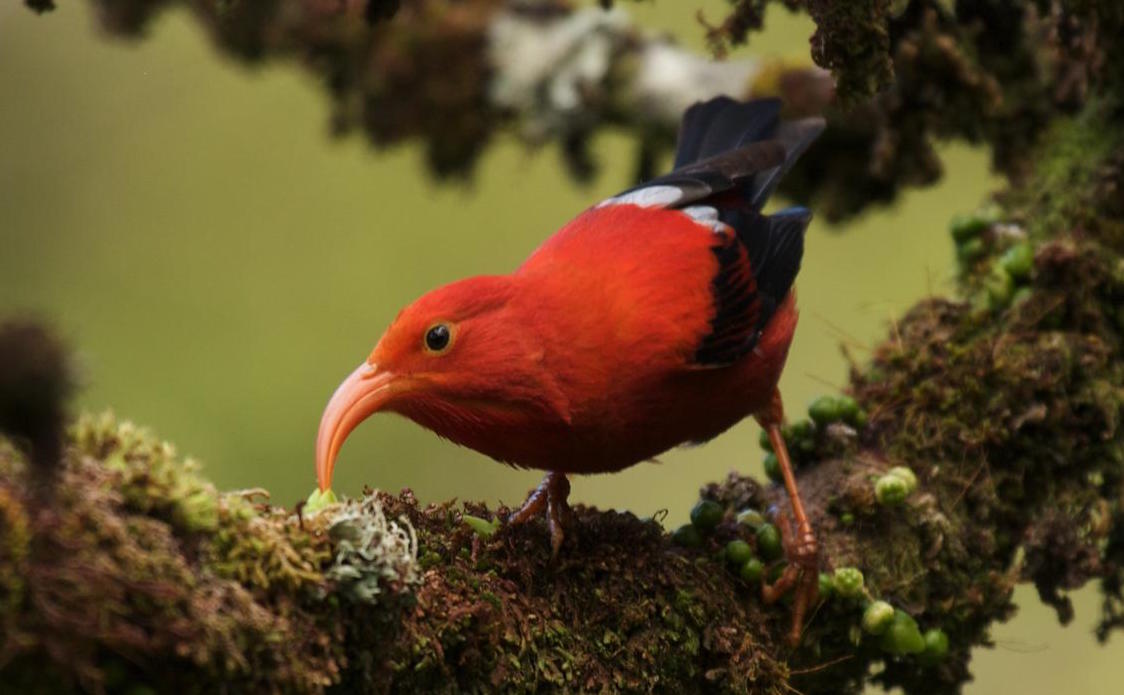
Over half of Hawaiian forest birds are endangered or threatened
Hawaii has certainly been in the news recently – as it should be, given the severity of the volcanic activity currently taking place on the island of Hawaii (also known as “The Big Island”). The prolonged eruption of Kilauea has been devastating to the local ecosystems, but as it turns out, these ecosystems had been struggling long before the volcano erupted.
A new study in The Condor: Ornithological Applications details the dire state of the bird populations of Hawaii, and presents guidance on what actions should be taken to help the native birds. With 21 species of forest birds left on the islands, almost two-thirds are endangered or threatened. The researchers state that the current conservation status of both wildlife and vegetation on the island is almost entirely due to human activity.
One of the problems with reversing these trends is that both funding and resources are limited, and the actions required to make an impact require a lot of support and coordination. More than 60 stakeholders in Hawaiian bird conservation collaborated to put together a plan of action. This plan is focused on research and management approaches that can begin immediately, with the largest threats being identified as habitat loss, invasive plants, non-native predators, and introduced diseases. Additionally, climate change is projected to exacerbate all of these threats.
“Our challenge in Hawaii is how do we conserve forest birds from multiple threats with just a fraction of the resources needed to fully address all the threats,” says lead author Eben Paxton. “Our solution was to bring researchers and managers together to share ideas, and as a community, identify priority research and management needs necessary to save these unique species. We believe these priorities will help focus resources where most needed and bring together different organizations to work together for the maximum benefit of the birds.”
Since resources are so limited, the stakeholders agreed on eight main priorities and several actions specific to the island of Kauai. Alongside helping Hawaii and its endemic birds, the goal of this report was to make Hawaii a model for other areas that are also in need of major conservation efforts.
The report also suggests enhancing citizen science and captive breeding in Hawaii, paired with continued monitoring and translocations of birds to unoccupied habitat. Unfortunately, only time will tell if these actions are able to save the native bird species of the islands.
—
By Connor Ertz, Earth.com Staff Writer
Image Credit: Lucas Behnke













